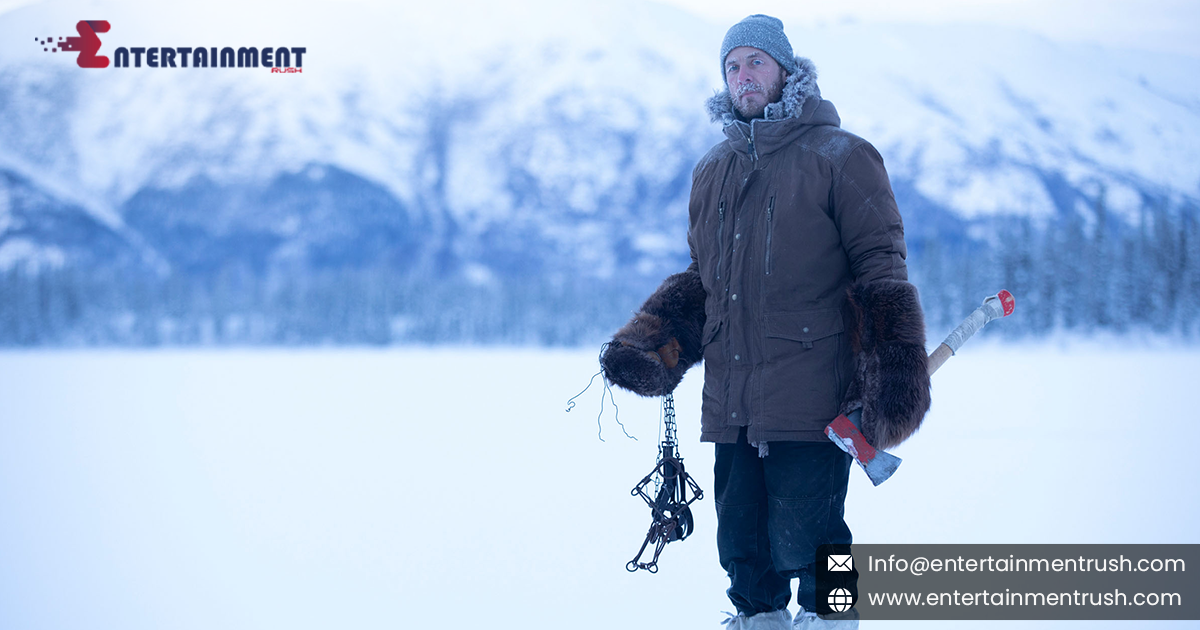For generations, Alaskans have built their lives around the rich natural resources and unique environment of the state. From subsistence hunting and fishing to tourism and local crafts, these traditional livelihoods have been integral to the cultural and economic fabric of Alaska. However, recent developments pose a serious threat to these time-honored ways of life. Environmental changes, economic pressures, and industrial activities are increasingly endangering the livelihoods of many Alaskans, raising concerns about the future of their communities and traditions.
Environmental Changes and Climate Impact
One of the most pressing threats to Alaskan livelihoods is the impact of climate change. Alaska is experiencing some of the most rapid warming temperatures on the planet, leading to profound environmental shifts. Melting ice caps, thawing permafrost, and changing weather patterns are disrupting traditional hunting and fishing practices that many Alaskans rely on for subsistence.
For indigenous communities, who have depended on the land and sea for millennia, these changes are particularly devastating. The loss of sea ice affects hunting routes and the availability of traditional game, while changing fish populations impact both subsistence and commercial fishing. The alteration of habitats and migration patterns also threatens the delicate balance of ecosystems that local communities depend on.
Economic Pressures and Resource Extraction
In addition to environmental changes, economic pressures and industrial activities pose significant threats. Alaska’s economy has long been tied to resource extraction industries such as oil, gas, and mining. While these industries contribute to the state’s economy, they also bring risks to local livelihoods.
The expansion of resource extraction operations can lead to environmental degradation, such as contamination of water sources and disruption of natural habitats. For communities that rely on pristine environments for subsistence and tourism, these impacts can be detrimental. The encroachment of industrial activities often leads to conflicts between economic development and environmental preservation, placing traditional ways of life at risk.
Cultural and Social Implications
The threat to Alaskan livelihoods extends beyond economic and environmental impacts; it also has profound cultural and social implications. Traditional practices and customs are deeply intertwined with the natural world, and the erosion of these practices can lead to the loss of cultural heritage. The younger generation may face challenges in maintaining these traditions if the environment they depend on is compromised. the stress and uncertainty associated with these threats can impact community well-being. The struggle to adapt to changing conditions and the potential loss of economic stability can lead to social and mental health issues, further exacerbating the challenges faced by Alaskan communities.
Looking to the Future
Addressing the threats to Alaskan livelihoods requires a multifaceted approach that includes environmental stewardship, economic diversification, and cultural preservation. Collaborative efforts between government agencies, local communities, and industry stakeholders are essential to finding solutions that balance economic development with environmental and cultural protection.
Investing in sustainable practices and renewable energy sources can help mitigate some of the environmental impacts. Supporting programs that promote traditional knowledge and practices can ensure that cultural heritage is preserved. Additionally, providing resources and assistance to communities affected by economic and environmental changes can help them adapt and thrive in a rapidly changing world.
The threat to the livelihoods of generations of Alaskans is a complex issue with far-reaching implications. Environmental changes, economic pressures, and industrial activities are posing significant challenges to traditional ways of life, impacting both the natural world and the cultural fabric of Alaska. By addressing these issues with a focus on sustainability, cultural preservation, and community support, there is hope that Alaskan communities can navigate these challenges and continue to thrive for generations to come.
